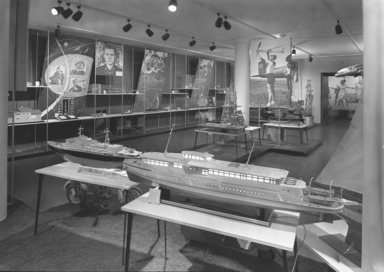

Technical Designing and Art by Soviet Children, January 22, 1962 through February 11, 1962 (Image: EDU_E1962i001.jpg Brooklyn Museum photograph, 1962)
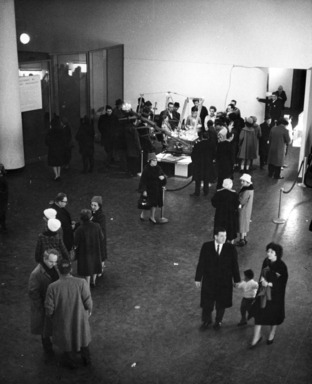
Technical Designing and Art by Soviet Children, January 22, 1962 through February 11, 1962 (Image: EDU_E1962i002.jpg Brooklyn Museum photograph, 1962)
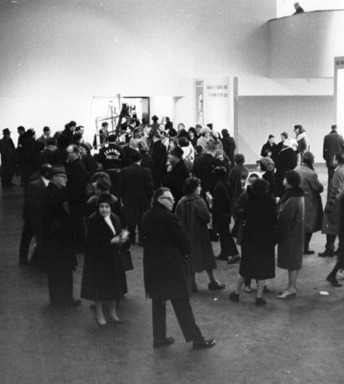
Technical Designing and Art by Soviet Children, January 22, 1962 through February 11, 1962 (Image: EDU_E1962i003.jpg Brooklyn Museum photograph, 1962)
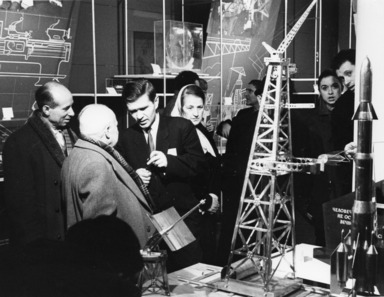
Technical Designing and Art by Soviet Children, January 22, 1962 through February 11, 1962 (Image: EDU_E1962i004.jpg Brooklyn Museum photograph, 1962)
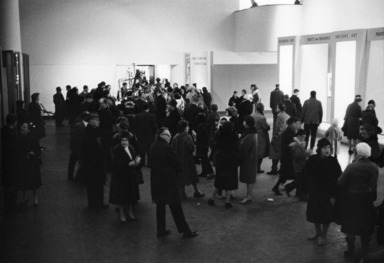
Technical Designing and Art by Soviet Children, January 22, 1962 through February 11, 1962 (Image: EDU_E1962i005.jpg Brooklyn Museum photograph, 1962)
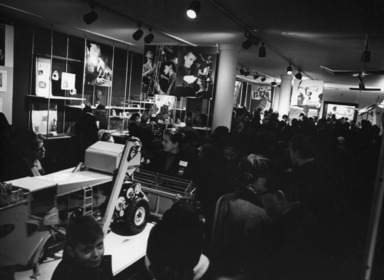
Technical Designing and Art by Soviet Children, January 22, 1962 through February 11, 1962 (Image: EDU_E1962i006.jpg Brooklyn Museum photograph, 1962)
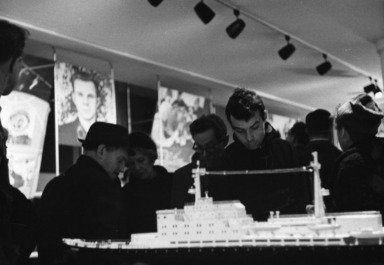
Technical Designing and Art by Soviet Children, January 22, 1962 through February 11, 1962 (Image: EDU_E1962i007.jpg Brooklyn Museum photograph, 1962)
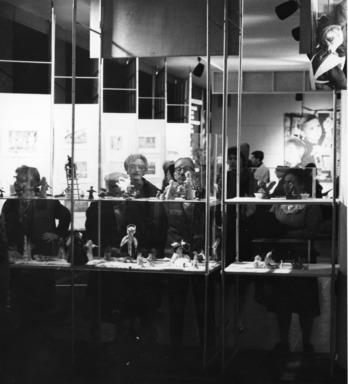
Technical Designing and Art by Soviet Children, January 22, 1962 through February 11, 1962 (Image: EDU_E1962i008.jpg Brooklyn Museum photograph, 1962)
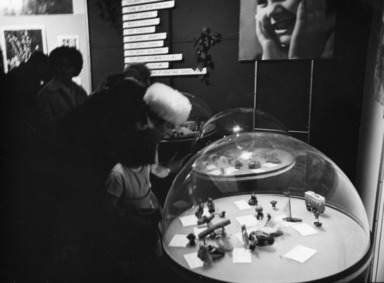
Technical Designing and Art by Soviet Children, January 22, 1962 through February 11, 1962 (Image: EDU_E1962i009.jpg Brooklyn Museum photograph, 1962)

Technical Designing and Art by Soviet Children, January 22, 1962 through February 11, 1962 (Image: EDU_E1962i010.jpg Brooklyn Museum photograph, 1962)

Technical Designing and Art by Soviet Children, January 22, 1962 through February 11, 1962 (Image: EDU_E1962i011.jpg Brooklyn Museum photograph, 1962)
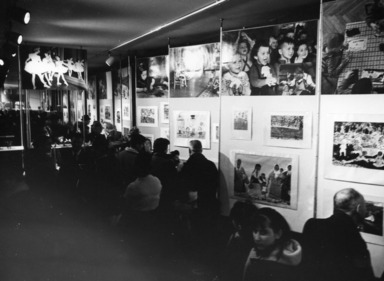
Technical Designing and Art by Soviet Children, January 22, 1962 through February 11, 1962 (Image: EDU_E1962i012.jpg Brooklyn Museum photograph, 1962)
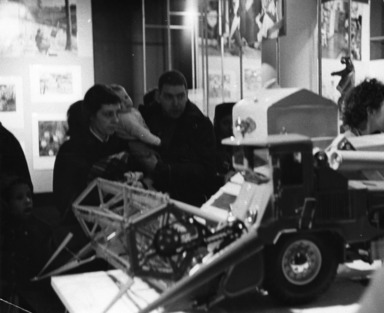
Technical Designing and Art by Soviet Children, January 22, 1962 through February 11, 1962 (Image: EDU_E1962i013.jpg Brooklyn Museum photograph, 1962)
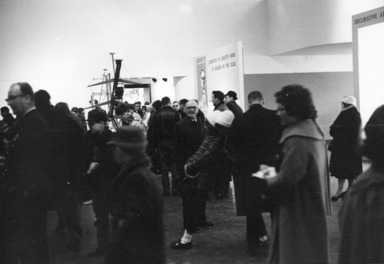
Technical Designing and Art by Soviet Children, January 22, 1962 through February 11, 1962 (Image: EDU_E1962i014.jpg Brooklyn Museum photograph, 1962)
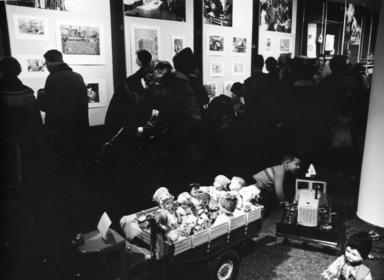
Technical Designing and Art by Soviet Children, January 22, 1962 through February 11, 1962 (Image: EDU_E1962i015.jpg Brooklyn Museum photograph, 1962)
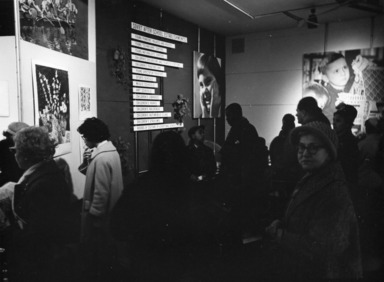
Technical Designing and Art by Soviet Children, January 22, 1962 through February 11, 1962 (Image: EDU_E1962i016.jpg Brooklyn Museum photograph, 1962)
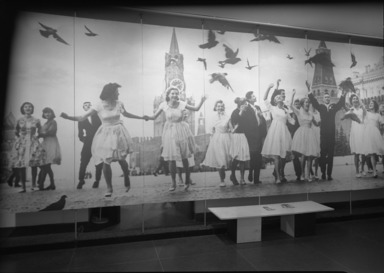
Technical Designing and Art by Soviet Children, January 22, 1962 through February 11, 1962 (Image: PHO_E1962i016.jpg Brooklyn Museum photograph, 1962)
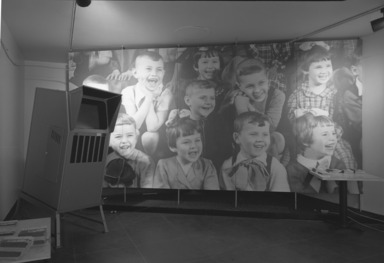
Technical Designing and Art by Soviet Children, January 22, 1962 through February 11, 1962 (Image: PHO_E1962i017.jpg Brooklyn Museum photograph, 1962)
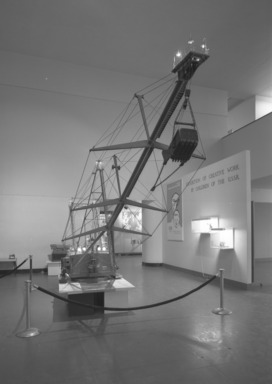
Technical Designing and Art by Soviet Children, January 22, 1962 through February 11, 1962 (Image: PHO_E1962i018.jpg Brooklyn Museum photograph, 1962)
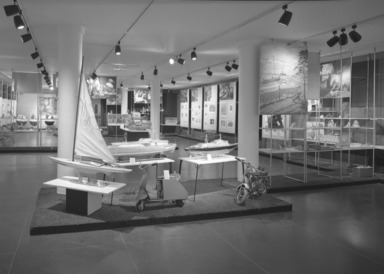
Technical Designing and Art by Soviet Children, January 22, 1962 through February 11, 1962 (Image: PHO_E1962i019.jpg Brooklyn Museum photograph, 1962)
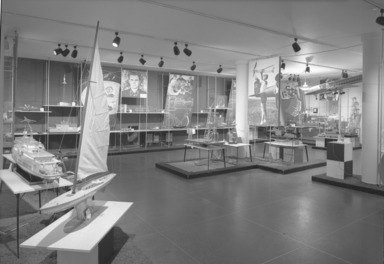
Technical Designing and Art by Soviet Children, January 22, 1962 through February 11, 1962 (Image: PHO_E1962i020.jpg Brooklyn Museum photograph, 1962)
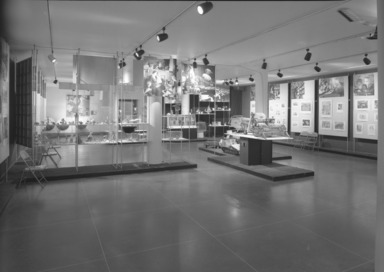
Technical Designing and Art by Soviet Children, January 22, 1962 through February 11, 1962 (Image: PHO_E1962i021.jpg Brooklyn Museum photograph, 1962)
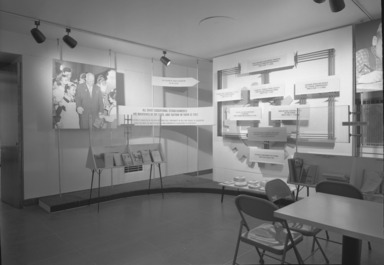
Technical Designing and Art by Soviet Children, January 22, 1962 through February 11, 1962 (Image: PHO_E1962i022.jpg Brooklyn Museum photograph, 1962)

Technical Designing and Art by Soviet Children, January 22, 1962 through February 11, 1962 (Image: PHO_E1962i023.jpg Brooklyn Museum photograph, 1962)
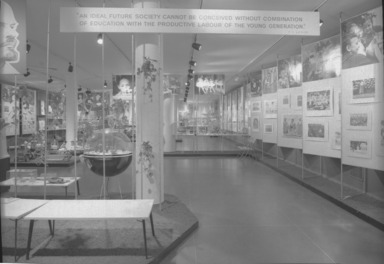
Technical Designing and Art by Soviet Children, January 22, 1962 through February 11, 1962 (Image: PHO_E1962i024.jpg Brooklyn Museum photograph, 1962)

Technical Designing and Art by Soviet Children, January 22, 1962 through February 11, 1962 (Image: PHO_E1962i025.jpg Brooklyn Museum photograph, 1962)
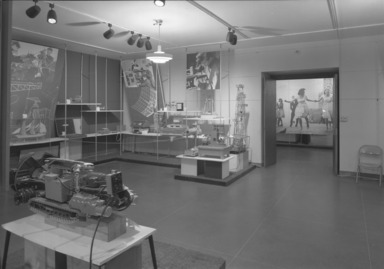
Technical Designing and Art by Soviet Children, January 22, 1962 through February 11, 1962 (Image: PHO_E1962i026.jpg Brooklyn Museum photograph, 1962)

Technical Designing and Art by Soviet Children, January 22, 1962 through February 11, 1962 (Image: PHO_E1962i027.jpg Brooklyn Museum photograph, 1962)
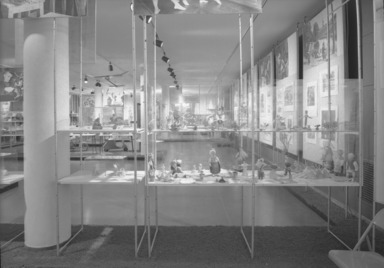
Technical Designing and Art by Soviet Children, January 22, 1962 through February 11, 1962 (Image: PHO_E1962i028.jpg Brooklyn Museum photograph, 1962)
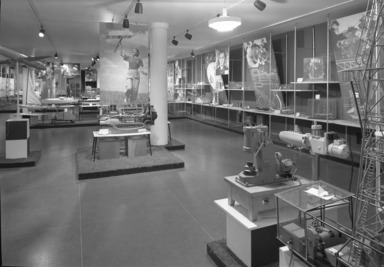
Technical Designing and Art by Soviet Children, January 22, 1962 through February 11, 1962 (Image: PHO_E1962i029.jpg Brooklyn Museum photograph, 1962)
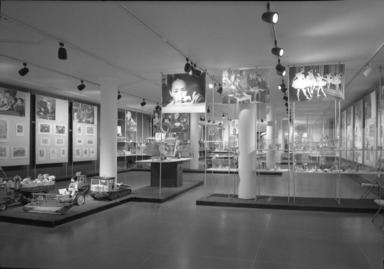
Technical Designing and Art by Soviet Children, January 22, 1962 through February 11, 1962 (Image: PHO_E1962i030.jpg Brooklyn Museum photograph, 1962)

Technical Designing and Art by Soviet Children, January 22, 1962 through February 11, 1962 (Image: PHO_E1962i031.jpg Brooklyn Museum photograph, 1962)

Technical Designing and Art by Soviet Children, January 22, 1962 through February 11, 1962 (Image: PHO_E1962i032.jpg Brooklyn Museum photograph, 1962)

Technical Designing and Art by Soviet Children, January 22, 1962 through February 11, 1962 (Image: PHO_E1962i033.jpg Brooklyn Museum photograph, 1962)
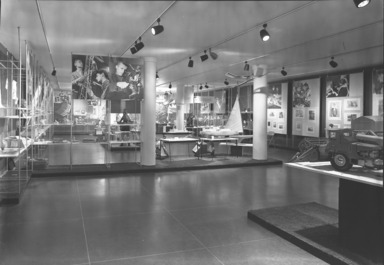
Technical Designing and Art by Soviet Children, January 22, 1962 through February 11, 1962 (Image: PHO_E1962i034.jpg Brooklyn Museum photograph, 1962)

Technical Designing and Art by Soviet Children, January 22, 1962 through February 11, 1962 (Image: PHO_E1962i035.jpg Brooklyn Museum photograph, 1962)

Technical Designing and Art by Soviet Children, January 22, 1962 through February 11, 1962 (Image: PHO_E1962i036.jpg Brooklyn Museum photograph, 1962)
Technical Designing and Art by Soviet Children
-
January 16, 1962
The administrative staff of the Soviet Exhibition CREATIVE WORK BY CHILDREN OF THE U.S.S.R. will give a series of free lectures at The Brooklyn Museum. These lectures will be accompanied by films:
1. Public Education in the U.S.S.R., by Dr. Zoya Malkova, Thursday, January 25, at 3:30 p.m.
2. Family and School in the U.S.S.R., by Dr. Vasili Razumovski, Tuesday, January 30, at 3:30 p.m.
3. Pre-school Education of Children in the U.S.S.R., by Anna Zorina, Thursday, February 1, at 3:30 p.m.
4. Technical Designing of Soviet Children (for school children) by Victor Borisov, Friday, February 2, at 1:30 p.m.
5. Art Work of Soviet Children, by Boris Yusov, Tuesday, February 6, at 3:30 p.m.
6. Young Pioneers of the Soviet Union (for school children), by Yuri Izumov, Wednesday, February 7, at 1:30 p.m.
7. Moral and Esthetic Education of Soviet Children in Schools, by Dr. Malkova, Friday, February 9, at 3:30 p.m.
Brooklyn Museum Archives. Records of the Department of Public Information. Press releases, 1953 - 1970. 1962, 004.
View Original -
January 22, 1962
The Soviet Children’s Exhibition of artistic and technical work will be seen for the first time in this country when it opens to the public at The Brooklyn Museum on Tuesday, January 23. Under the American-Soviet agreement on the exchange in the fields of science, technology, education and culture signed in Moscow on November 21, 1959, this Exhibition of creative work by children of the U.S.S.R. will be seen in Brooklyn for three weeks, for three weeks in Minneapolis and three weeks in Washington.
There are 630 exhibits in all, including sculpture, drawings, posters, musical instruments, toys and some 60 working models of machines. Of particular interest in the technical field are the sputniks, luniks, the working model of an atomic power station, the model of the atomic-powered icebreaker LENIN. The fine arts are represented by “Breakfast On A Black Spread” a painting by Ira Zaron from Northern Osetia (Caucusus), “Strelka and Belka In Flight" by 10-year-old Sergei Stunikov from Moscow, “A Girl’s Portrait” (oil) by Tania Lobova, 15-year-old school girl, “The Berouzka Ensemble” made of straw and colored paper, dwarf-size Georgian national musical instruments of wood and various articles of ceramics.
The Exhibition contains the work of children of 24 nationalities from the 15 Soviet Republics. They are products of individual initiative or collective effort.
More than 1,000 children took part in preparing this Exhibition which aims to show the all-round development of the individual from early childhood and how the Soviet Government provides every facility for the younger generation to develop their abilities in the realms of art, science and technology.
The Exhibition consists of five major sections.
The First Section gives a comprehensive picture of the public education in the U.S.S.R. The charts, diagrams and posters show the main types of educational and after-school establishments. The charts and diagrams also give the basic figures of the development of the public education in the U.S.S.R.
Millions of children pursue their hobbies in general educational and vocational schools, in 3,000 Pioneers’ Houses, in the 1,210 clubs and centers for young technicians. They carry on their work under the guidance of experienced teachers, prominent artists and engineers. General supervision is exercised by the Moscow Central Institute for the Aesthetic Education of Children attached to the Academy of Pedagogical Sciences and the Young Technicians’ Center of the Ministry of Education.
All training in clubs, centers, hobby groups as well as the materials, parts, tools, etc. used in the course of training are free of charge.
The Second Section is devoted to the creative work of the preschool age (from 4 to 7 years old). It includes drawings, works in paper, cardboard, wood, clay, etc. made on their own or to the instructions of the teacher with a view to developing a sense of color and proportion.
The Director of the Exhibition, Mrs. Solodkaya who heads the delegation of artists, educators and technicians from the Soviet Union explained: “Most interesting in the 4 to 7 year-old section are the works made of fir cones, acorns and straw. These simple materials which may be turned into works of art teach the children to appreciate the beauty of nature and develops their taste for creative work.”
The Third Section shows the work of the junior school children (7 to 11 age group). This is the age at which children choose their hobby, make their first steps in drawing, modelling, etc. One of the greatest attractions here is the running model of a “Volga” car by 11-year-old Vitali Kozlov from the town of Kiln.
The hobby group known in Russian as “Umeliye Ruki” which means “Clever Hands” where Vitali and his friends pursue their hobby is a real car “plant”, with most exciting car races held regularly. The used models are handed over to children in kindergardens as toys.
The Fourth Section is devoted to the work of children from 12 to 15 years. At this stage the children perfect their technique and acquire the knack of independent creative work. Mrs. Solodkaya believes that the work of special interest here is “Fruits and Nuts” (still-life) by 14-year-old Anne Limorenko, “Bear-leader” (plaster-cast) by Dmitri Kalnin, 15 years old and the model of a program-controlled vertical cutter, the teamwork of an experimental group from Kuibishev.
The Fifth and last Section displays of senior-grade school children as well as that of trade and vocational school pupils (from 15 to 18 years). Of striking interest is the model of the Moon Automatic Station which shows the vivid imagination and mastery of the senior-grade children from Novgorod, one of the oldest Russian towns. The program-controlled automatic station is equipped with special light orientation devices which will guide it to the bright side of the moon should it land on the moon’s dark side, which today is fantasy and tomorrow may become reality.
The operating model of an electrically-driven locomotive is the work of the pupils of a Moscow Railway School. It is made of 9,000 parts. The model gives a cutaway view of the body and the Diesel which enables one to view the working of the engine. The silverware from the aul (village) of Kabuchi (Caucusus) shows particularly exquisite taste and perfect technique. This handicraft is a traditional occupation of village folk passed from generation to generation.
Commenting briefly on the Exhibition, Mrs. Solodkaya said: “The Exhibition presents typical samples of children’s creative work and aims to show the process of the awakening and development of a child’s interest in art and technology, and how a child emerges from the simpler forms of imitation to the more complicated forms of creative work. The all-round development of the individual is an indispensable condition for the education of the younger generation in the U.S.S.R.”
The delegation especially formed for the Exhibition arrived by special plane from Moscow in New York on January 7, 1962 to install the exhibits at The Brooklyn Museum. The delegation includes Mrs. Zoya Solodkaya, Director of the Exhibition, Chief of the Moscow City Board of Trade and Vocational Schools; Dr. Zoya Malkova, senior research worker of the Academy of Pedagogical Sciences, Dr. Vasili Razumovski, senior research worker of the Academy of Pedagogical Sciences; Mr. Lev Nedosugov, Editor-in-Chief of the youth magazine “Yunil Tekhnik”; Mr. Victor Borisov, Director of the Young Technicians’ Center of the Ministry of Education; Mr. Konstantin Matsnev, Director of a Moscow Railway School and other prominent educators and specialists.
The Exhibition of Creative Work by children of the U.S.S.R. will be shown free of charge in the Special Exhibitions Galleries at The Brooklyn Museum from Tuesday, January 23 through Sunday, February 11.
There will be a special invitational preview on Monday evening, January 22 from nine to eleven given by the Director of the Soviet Exhibition and the Director of The Brooklyn Museum.
Brooklyn Museum Archives. Records of the Department of Public Information. Press releases, 1953 - 1970. 1962, 006-10.
View Original

